EFB Pellet or EFB Fibre Material?
- 01, 16, 2013
- / Category EFB pellet
- / Posted By clchuah
- / No Comments.
We know about the advantages about EFB pellet, but in this area there are still many company using raw biomass material, such as palm kernel shell, efb fibre as the biomass material. Why raw biomass material still be used instead of fully converted to EFB pellet?
Palm fibre is one of the common biomass commodity in Malaysia, by comparing the EFB palm fibre with EFB pellet, the EFB price is much lower than EFB pellet. However the steam generating cost could be another way.
There are many biomass boiler such as crude palm oil mills are using palm fibre for generating heat. The factory may seem saving in the raw material cost, but the factory really need to re-consider the overall energy efficiency in order to make a comprehensive judgement.
EFB Pellet is Low Moisture Content
Moisture is the first consideration for raw biomass material, such as EFB fibre. Most of the EFB fibre comes with high moisture, or rather said in wet condition. The moisture could go up to 60% in most cases.
Compare to EFB pellet, the moisture always stay around 10%. The EFB fire need to go through pelleting process including drying the fibre before reaching EFB pellet machine. By comparing the moisture, we already clearly know that EFB pellet is having at least 2 times less moisture as compare to the raw fibre. In order to get the same amount of biomass, the buyer requires to buy 4 times more raw EFB fibre than the EFB pellet.
Pellet Giving Stable and Efficient Heat
Similar to wood pellet or saw dust pellet, the dry EFB pellet is able to deliver predictable energy and effective energy for biomass power plant. The steam generating cost per kg(dollar/kg-of-steam) is always maintained at a steady level and more predictable. More over, EFB pellet price is more attractive than the wood pellet price.
Base on the moisture content, we could predict the steam generating cost per kg could be shoot up 4 times more than EFB pellet. More over, there are a substantial portion of the heat is used to evaporate the water content in the raw biomass material. Because of the high moisture content, user is having difficulty getting consistent heat from the raw biomass material. EFB pellet is delivering more consistent, predictable and high efficiency heat.
EFB Pellet is more easy in Handling
Transportation is one of the area many people neglected. From green energy stand point, we want the EFB pellet be able to maintain at a reasonable price range. One of the situation is minimize the transportation cost. Every jumbo bag, we are able to pack 700-800kg EFB pellet and a 20feet container will load up around 28MT The space accupy rate is much higher than the EFB fibre or EFB briquette.
More over, we want the raw material for making EFB pellet are within 20km distance. This is to ensure the transport cost should not occupy a substantial portion of the EFB pellet cost. This is also the mind set for having “green” energy.
With these 3 major advantages, we know why EFB pellet is preferable rather than the raw biomass material.
This site uses Akismet to reduce spam. Learn how your comment data is processed.
Biofuel Products
Biofuel Products Pages
- Home
- About DST Technology
- Biofuel Products
- Catalog
- Coconut Shell
- Coconut Shell Powder
- Contact DST
- Dry Short Palm Fibre
- Dry Short Palm Fibre
- DST Corporate Profile
- EFB Pellet
- Palm Fiber Briquette
- Palm Kernel Shell
- Saw Dust Pellet
Recent Posts
- Implementing Green Energy in our Daily Life
- The Carbon Neutrality
- The Choices for Renewable Energy
- Malaysia Energy Resources and Contribution
- About Activated Carbon

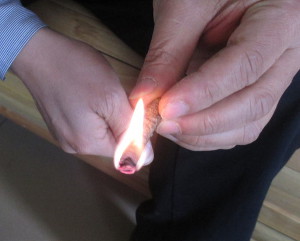
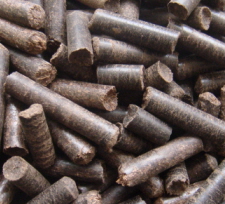
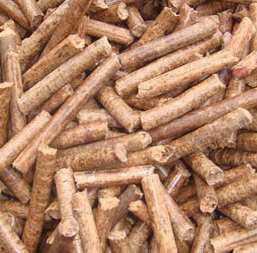

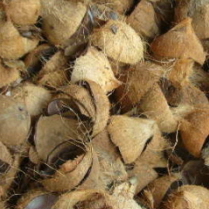
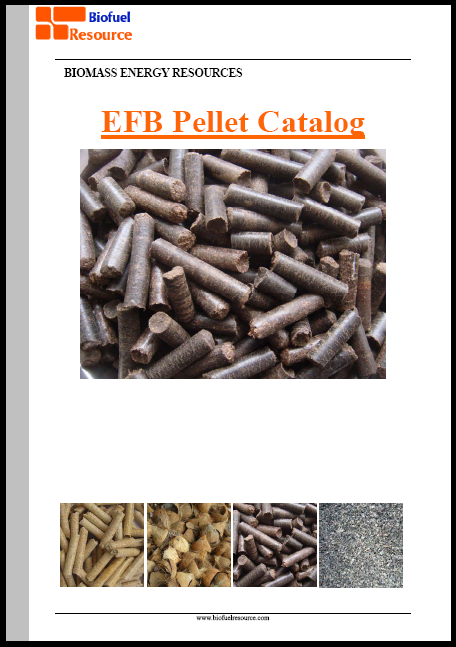
Leave a Reply